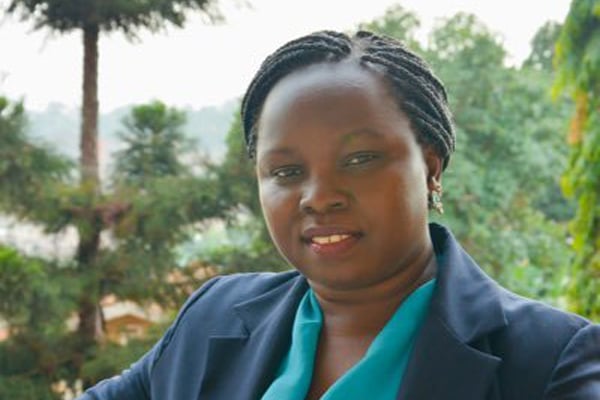Uganda ‘in outside countries’ – Chameleone, busuuti, kanzu and how others see us
There is just about enough time to squeeze in a column before the curtain comes down on 2016. And so time to chew on Uganda 2016.
And my search starts along a Nairobi street.
For a couple of weeks now a huge billboard has come up along the road that I drive to work. It has a huge photograph of some well-groomed folks dressed in Ugandan kanzu and busuuti. It is not advertising Uganda or a Ugandan product.
It is a Kenyan product expressing its East African side.
On the opposite side of town, there is another billboard by the same company. It has elegant Rwandan dancers, balancing those small baskets on their heads.
It is not a Rwandan advertisement. It is a Kenyan company advertising showing its East African feathers.
None of them refer to either Uganda or Rwanda. But most, if not all, people immediately catch the cultural reference to the two countries.
And now away from the road, to music. A Kenyan friend’s son is so madly in love with Chameleone, that when his “Wale, Wale” comes on TV, there must be silence in the house. He stands close to the TV to watch it play out.
It ends, then normal life can resume.
He knows where to find it on her home. When she is dropping him to kindergarten school in the morning, she must play it or else he won’t get out of the car.
And when he is cranky at home, she plays “Wale, Wale” and he calms down.
Consider this against a discussion I had with a friend who is a cultural chronicler. He had recently returned from eastern Democratic Republic of Congo, and had seen something that had messed with his end.
Once, Congolese music ruled not just Congo, but East Africa, and the world. At home it has deep history, and its stars are iconic.
But in eastern DRC, he told me, “there is more Ugandan music played than Congolese music. It’s the only music that has dethroned the local fare”.
The thing about all these stories, is that in both Rwanda’s and Uganda’s case, what represents the two countries at their best are not what the two governments spend their monies promoting abroad.
In Uganda’s case, if truth be told, even the adoption of the kanzu and busuti have themselves been conflicted, with some ethnic nationalists seeing it as the “dress of Buganda”, not Uganda.
Thus ahead of the Commonwealth (CHOGM) meet of 2007, one could see this in that richly-funded but controversial “Gifted by Nature” campaign which ran globally. This underlying contradiction was evident, with a greater emphasis on mountain gorillas, national parks, and mountains, than the diversity of Ugandan culture as there was a lack of certainty about what it comprised.
So what changed? For starters, there is always the fact that even for Ugandans on the intellectual left who are given to making these arguments, their political heroes – Kabaka Mwanga and King Kabelega – are represented wearing kanzu, giving it a revolutionary pedigree.
But there are really two things about “Buganda culture” that have allowed its elements to become the global face of Ugandanness. First, it is “extensible”, meaning it allows itself to be twisted and re-interpreted endlessly by whoever in whatever way.
Having been domiciled from Victorian times, the busuuti has got the most changes in fashion of any “African dress” I have seen in my wide travels around this fair continent of ours. One hundred women can decide to make their busuuti 100 different ways and it will remain a busuuti or gomesi.
It is that democratic spirit which has allowed it to transcend.
The kanzu, like most men’s dress, lends itself to less imaginativeness, but in the last 20 years, has also evolved considerably.
The second factor is Luganda lends itself to “pidgnisation” more than most Ugandan – and African - languages. That in part is a result of the fact that the language has been changed by geography – the fact that the capital Kampala is located in Buganda.
I don’t think that Luganda really still belongs to Buganda. It has been broadly appropriated by Ugandan urban culture.
In any event, it has allowed musicians like Chameleone who work with it as a base, to layer on pidgin, English, Kiswahili, and infuse their work with all the undercurrents of urban and cosmopolitan angst, to create a sound that travels well beyond its provincial borders.
All of these currents didn’t happen as a result of the local Buganda or national Ugandan cultural establishments. They are the result of what you might call the Ugandan “cultural creative commons”.
When my friend’s kindergarten son listens to Chameleone, what he hears are really the sounds of his Nairobi neighbourhood.
There are actually two Uganda’s. One is an NRM political kingdom. The other is a people’s cultural republic. We haven’t done too badly.
Onyango-Obbo is the publisher of Africa data visualiser Africapedia.com and explainer site Roguechiefs.com. Twitter@cobbo3




